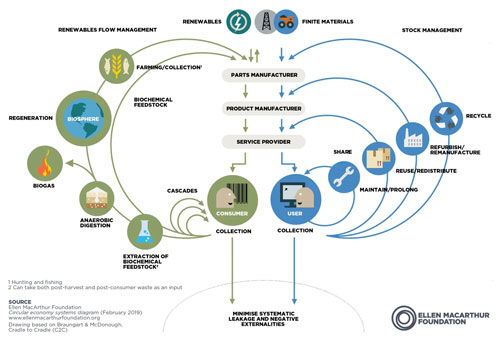‘Tis the season to give generously – and not just to family and friends. End of year giving isn’t complete without donating to worthy causes.
But how do you choose which nonprofits to support? No worries! Enabling Devices has narrowed the field by doing some of the scrolling for you.
Here are some of the most reputable disability charities that need your support during the holidays and all year round.
Best Buddies International
Best Buddies creates friendships by matching individuals with intellectual and developmental disabilities with typically developing peers. The nonprofit also trains people with and without ID and DD to take on leadership roles in their communities. Additionally, Best Buddies helps place ID and DD individuals in jobs and provides housing opportunities. Donate here.
United Cerebral Palsy
When you choose to donate to UCP, you can give to the national organization, an affiliate, or earmark your donation for CP research. Founded in 1949, UCP has grown from a small parent-run organization to one of the largest health nonprofits in the United States. UCP offers a broad array of services and resources for individuals with disabilities and their families. Donate here.
Christopher and Dana Reeve Foundation
Founded by actor and activist Christopher Reeve and his wife Dana in 1982, this organization is dedicated to “curing spinal cord injury by advancing innovative research and improving quality of life for individuals and families impacted by paralysis.” Donations go toward research and support for people with spinal cord injuries. Donate here.
National Down Syndrome Society
A donation to NDSS helps to provide information and resources; health and wellness services; access to education and jobs; and funds legislative advocacy for people with Down syndrome and their families. Donate here.
Foundation Fighting Blindness
FFB funds research to find treatments and cures for retinal degenerative diseases, such as retinitis pigmentosa, macular degeneration, Usher syndrome and Stargardt disease. So far, donor support has made it possible for FFB to “identify 270+ retinal disease-causing genes; launch more than 40 clinical trials for potential treatments; and fund more than 90 research grants annually.” Donate here.
Spina Bifida Association
SBA helps individuals with SB to live better and longer lives. It does so by offering health education, support, networking opportunities, advocating for people with SB on Capital Hill and identifying research priorities. Donate here.
The Arc
A national organization with more than 600 chapters across the country, The Arc is committed to promoting and protecting the rights of people with intellectual and developmental disabilities and creating a more inclusive world. The Arc’s work is wide ranging and includes programs that help individuals involved in the criminal justice system; and those seeking employment and educational opportunities. The organization also provides disabled people with extensive resources on topics such as health, travel and technology. Donate here.
Friendship Circle International
Friendship Circle helps disabled individuals and their families “by providing recreational, social, educational and vocational programming.” The organization aims to build an inclusive society where everyone is valued equally regardless of their challenges. Volunteer opportunities are available for teens, college students and adults. Donate here.
RespectAbility
This disability-led organization “works to create systemic change in how society views and values people with disabilities, and that advances policies and practices that empower people with disabilities to have a better future.” RespectAbility’s Disability Training and Speakers Bureau offers consultation to businesses and other nonprofits seeking to become more inclusive. Its entertainment and media consulting team helps to ensure that TV, film and theatrical productions are equitable, accessible and present the disability experience authentically. Donate here.
Autism Society
This organization supports individuals with autism and their families by advocating for federal policies that increase access to employment, education, health care, housing and other critical services. The Autism Society provides training for families, caregivers and professionals seeking to deepen their knowledge about autism and also focuses on keeping people with autism safe. Donate here.















